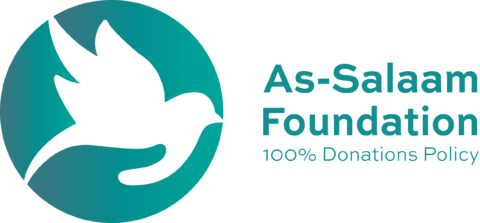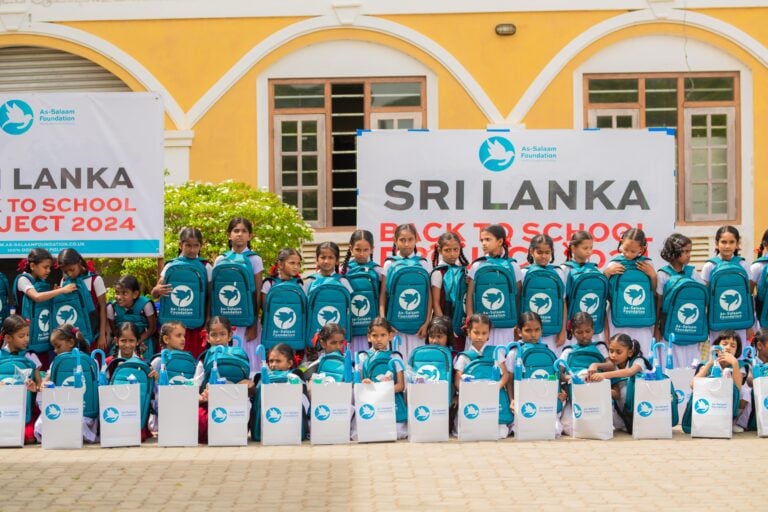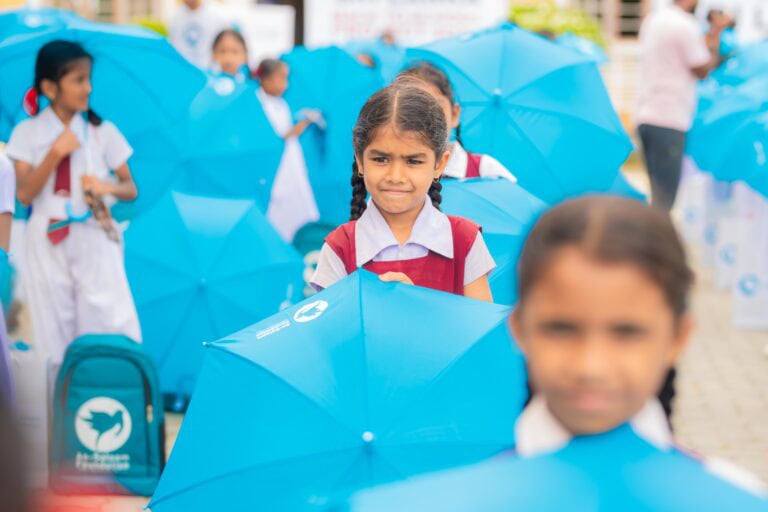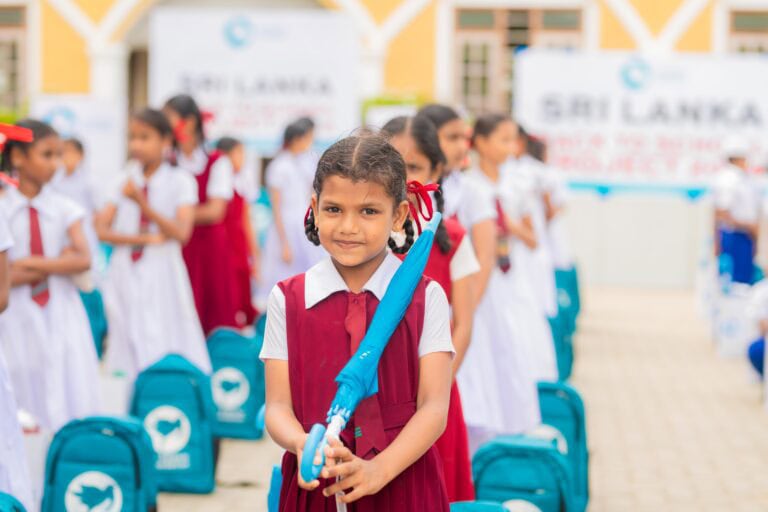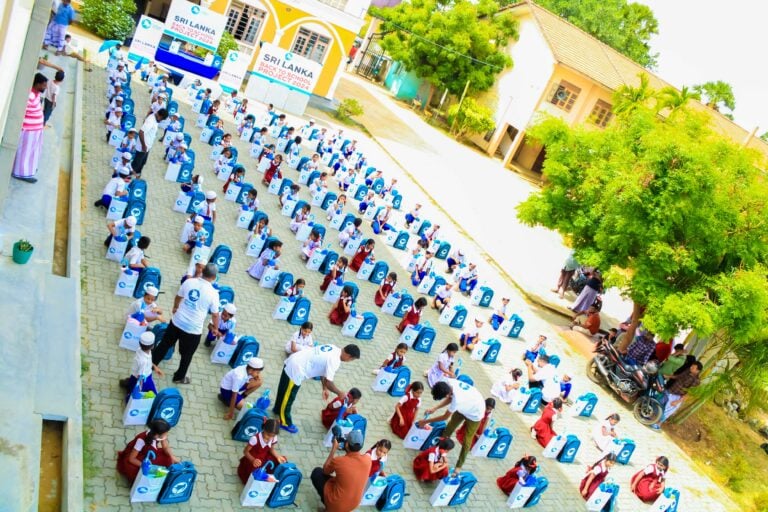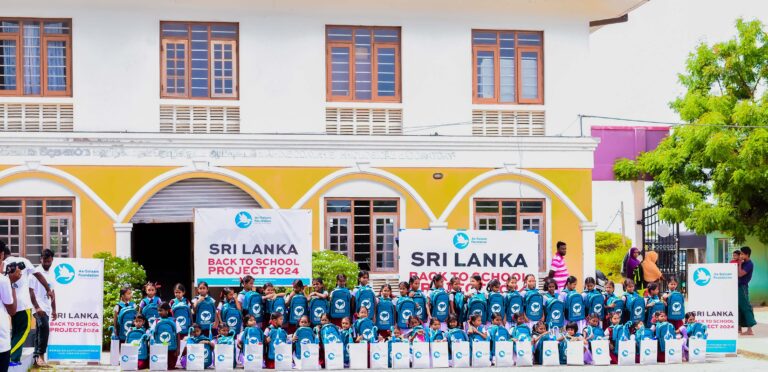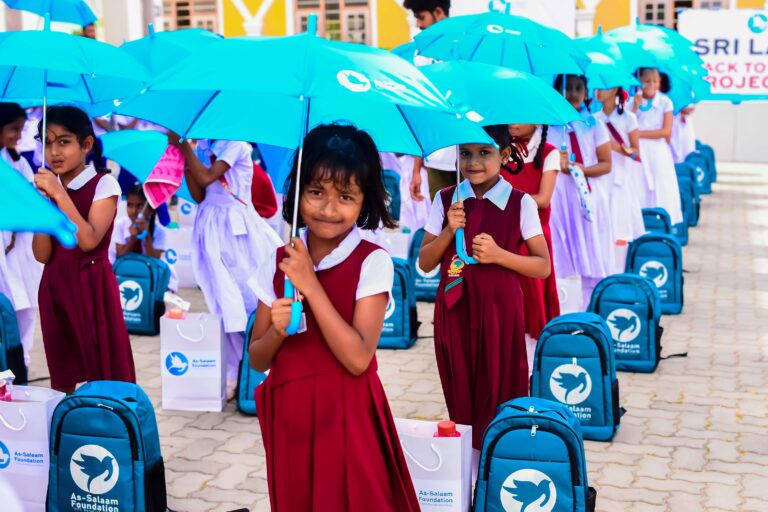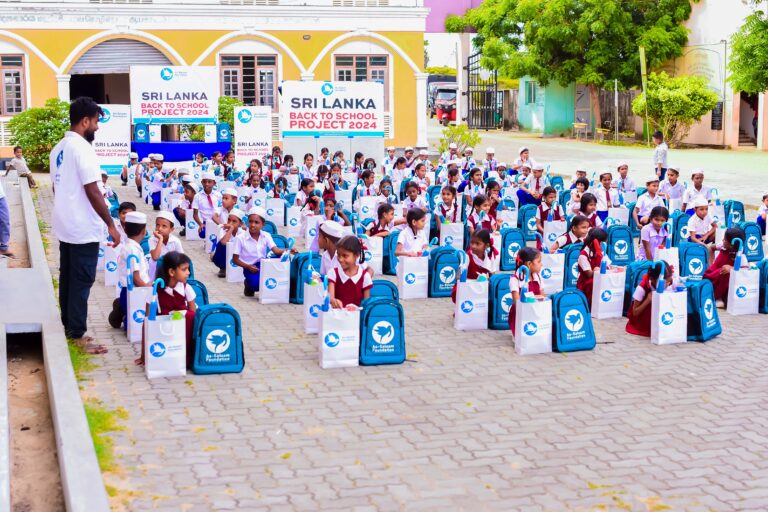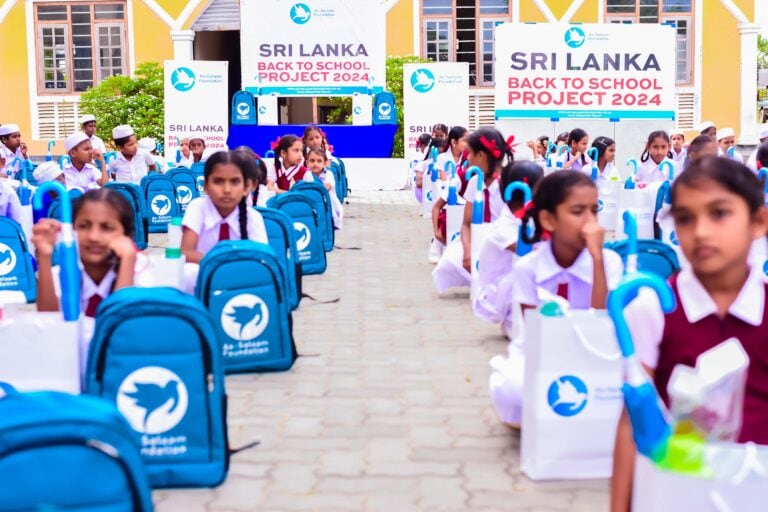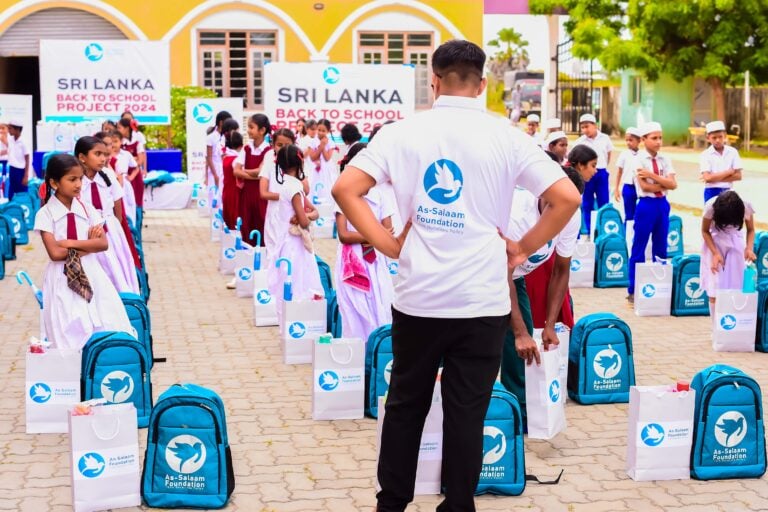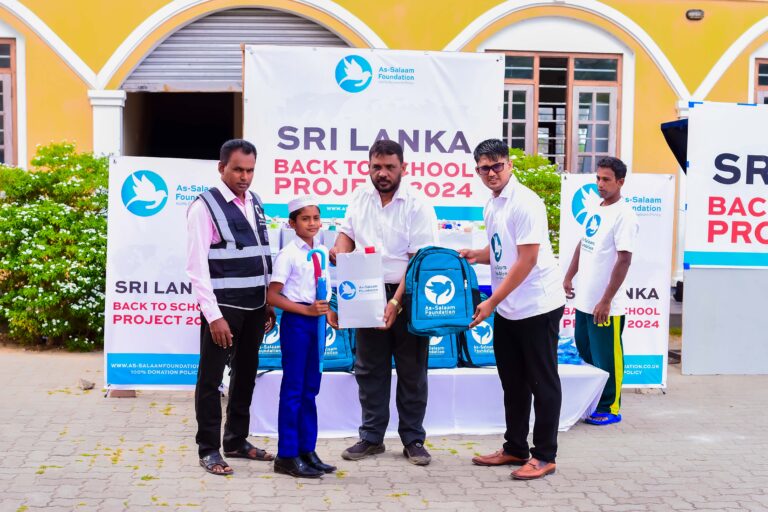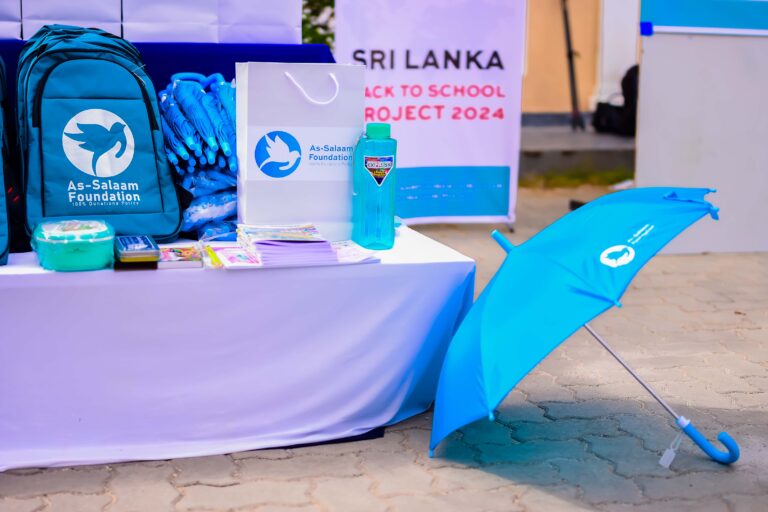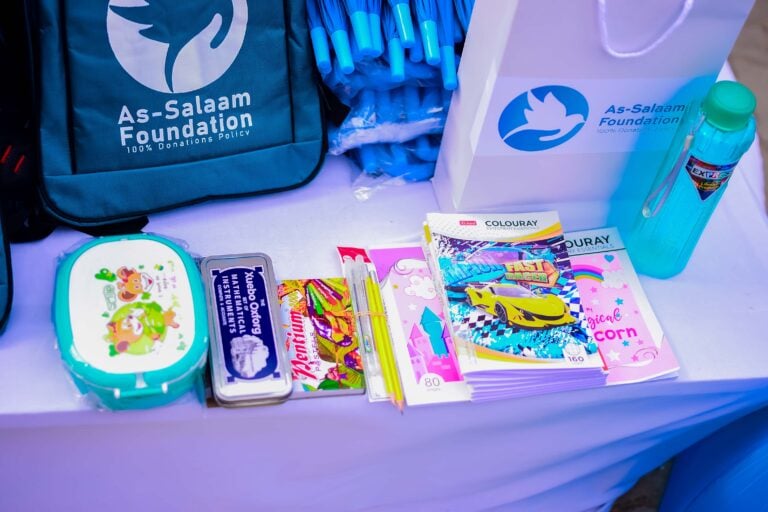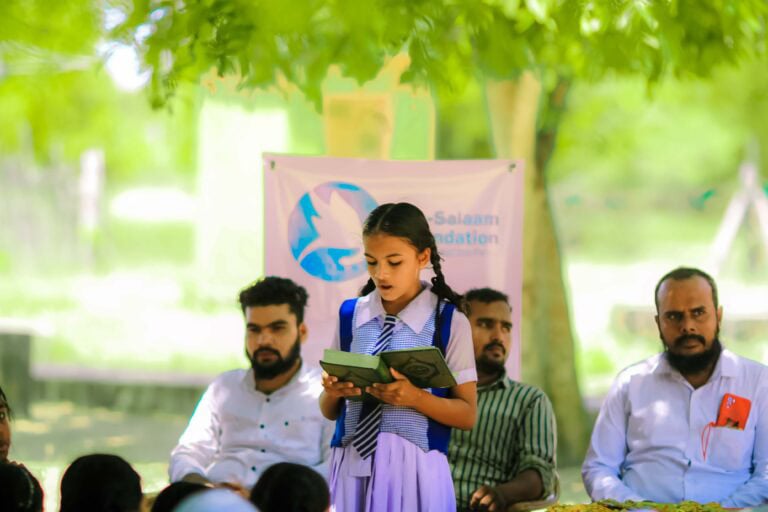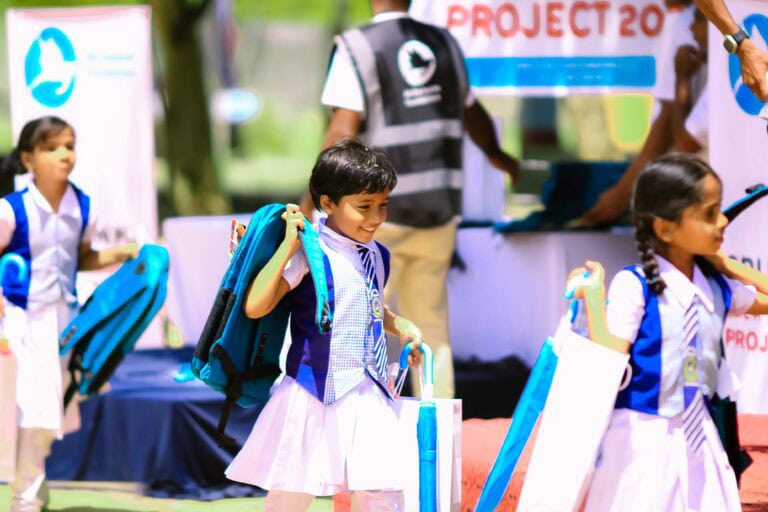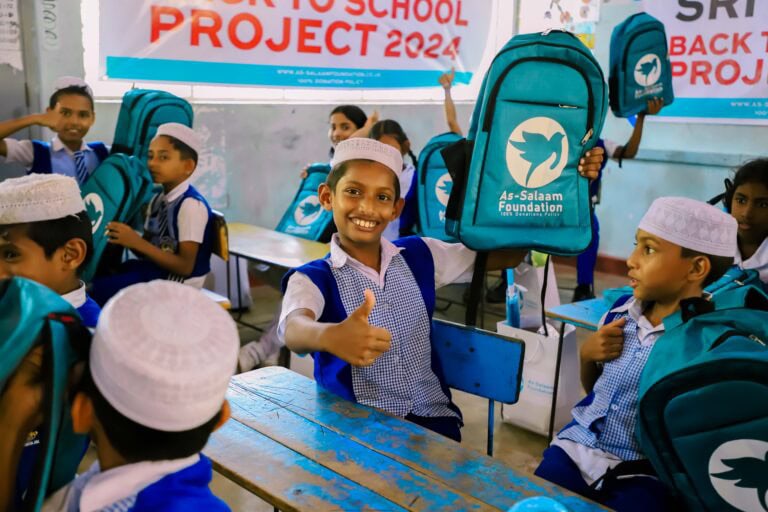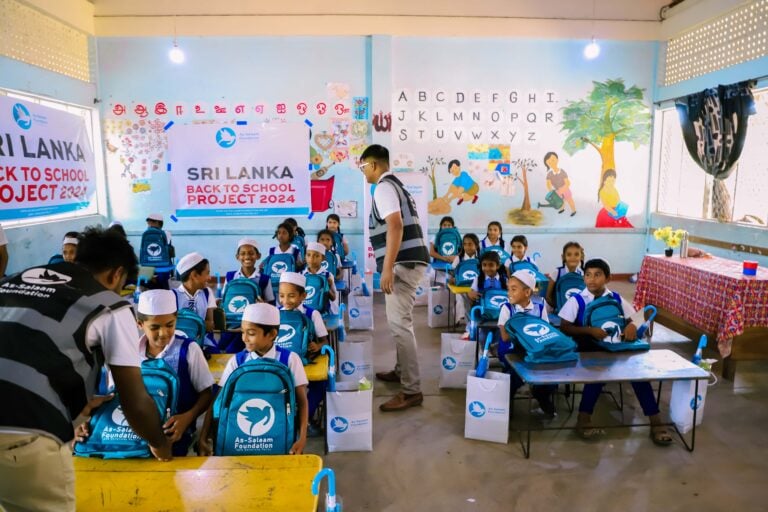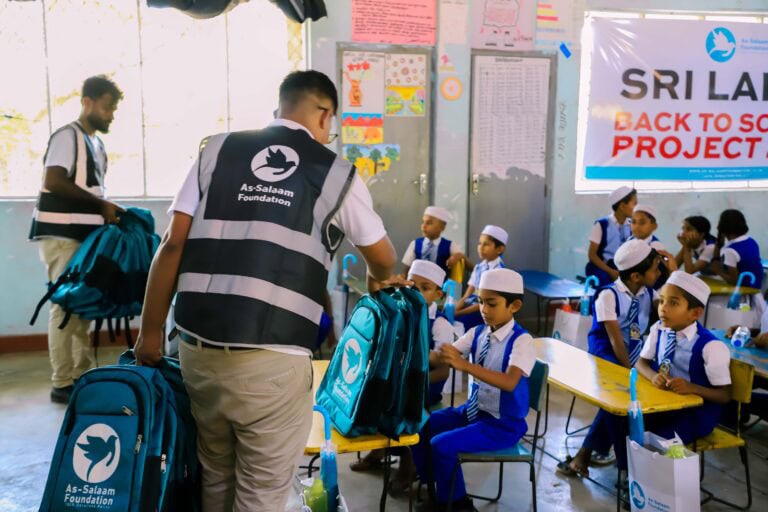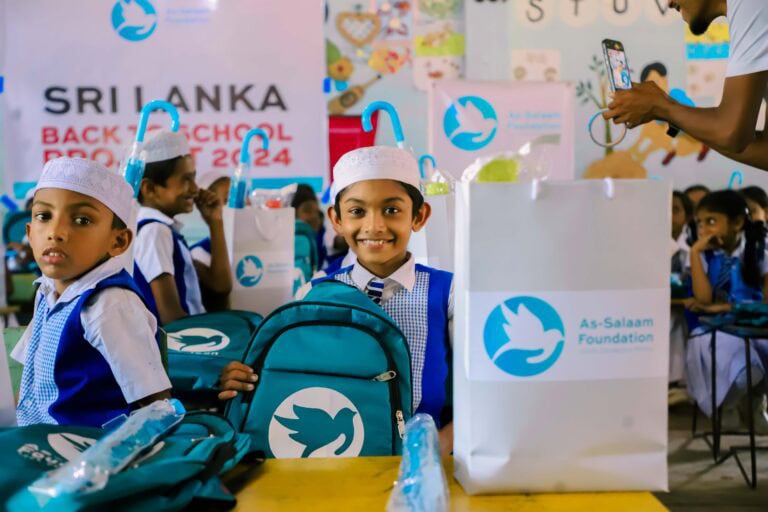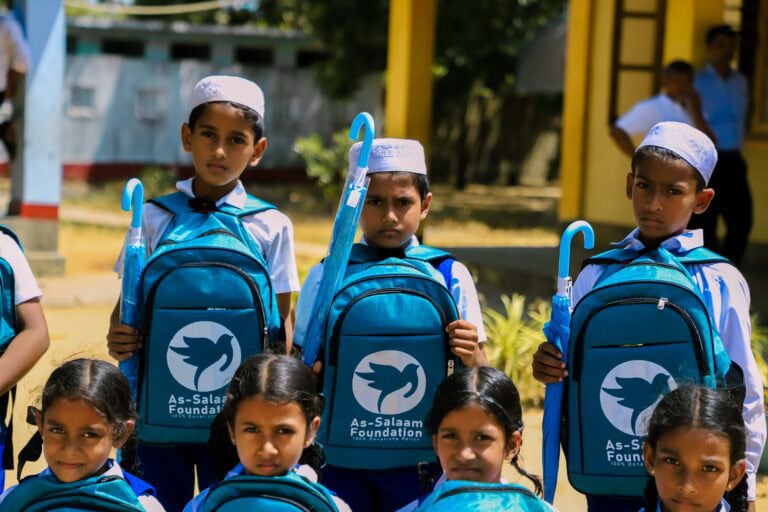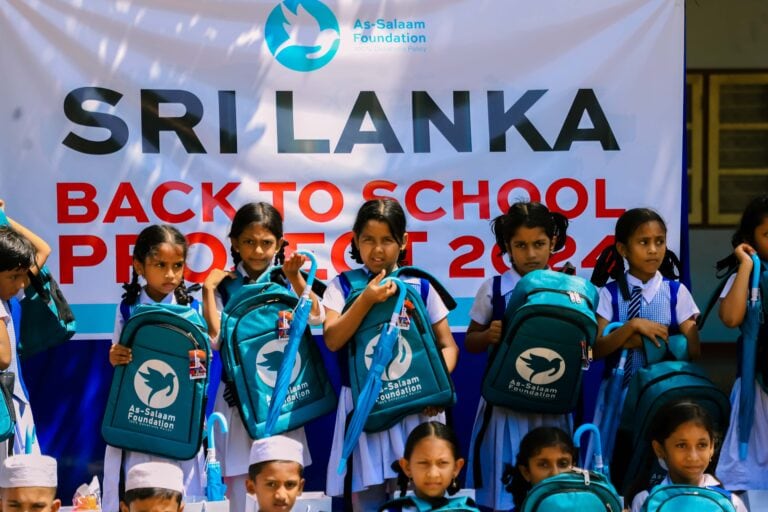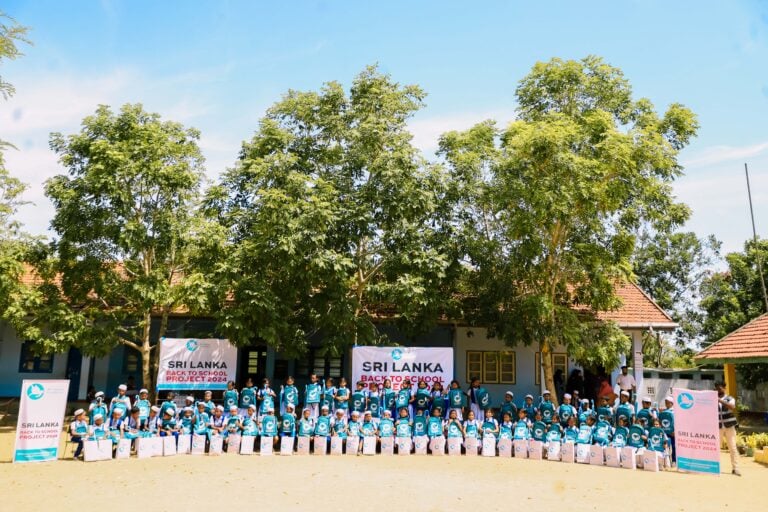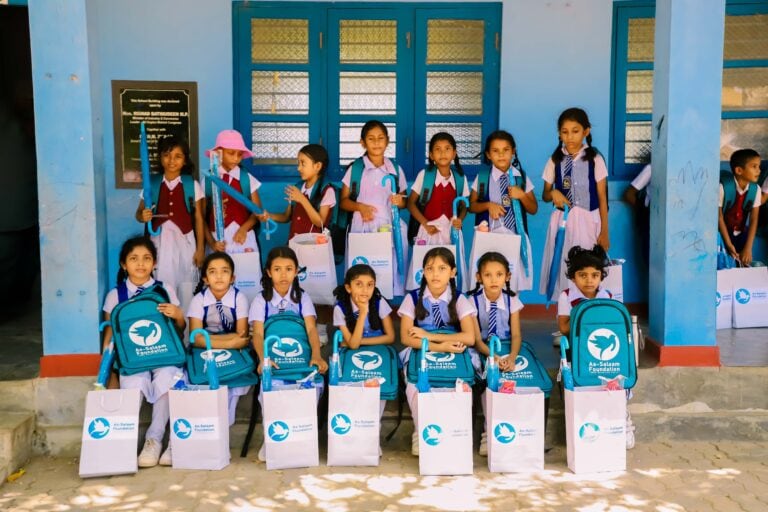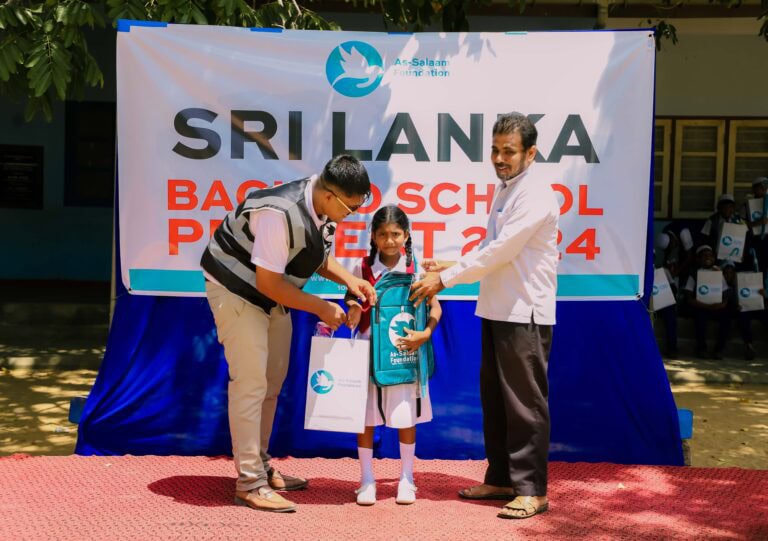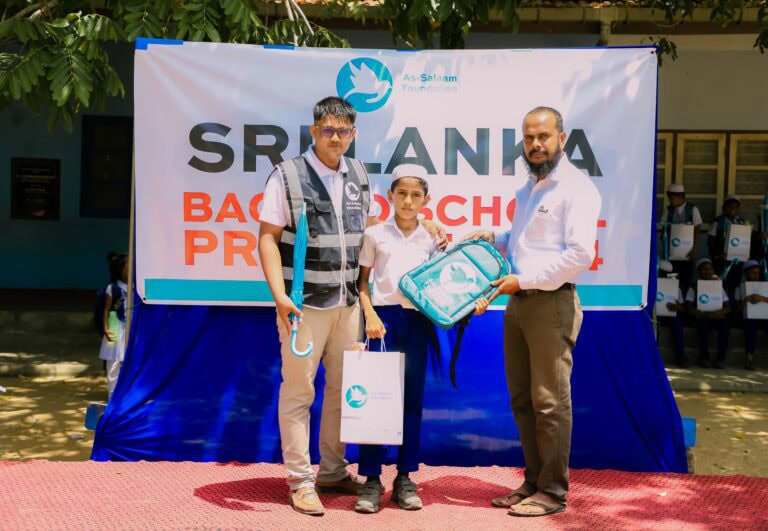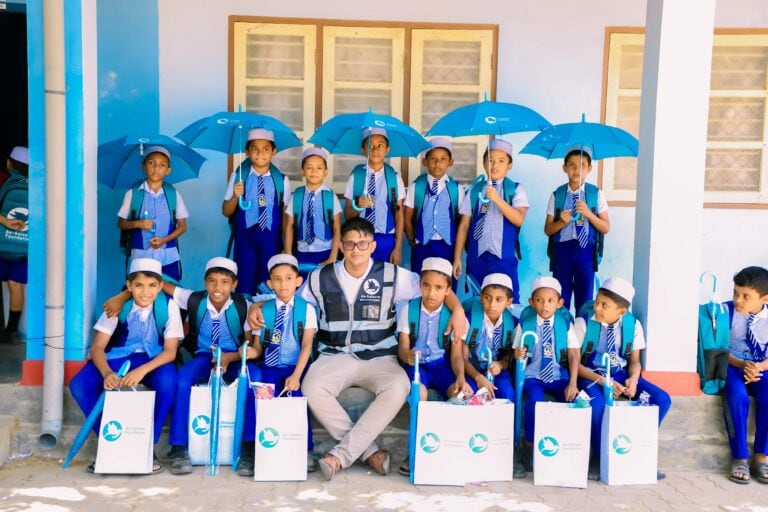Total Raised
Beneficiaries Served
Education in Musali, Mannar District
Musali division is situated in the south of Mannar district. Educational development in Musali is not even satisfactory in comparison with other divisions or districts. The gross primary school enrolment rate is 78% while this is only 15.6% in the secondary schools. The gross primary enrolment rate is around 70% while the net primary enrolment rate for the division is 48.4%, which means that half of the school-age children are out of school.
Another problem in the sector is the lack of schools. Although there are enormous child populations that are in need of more schools, there are not enough schools. Existing schools have a lack of capacity to host students. In addition, schools have a lack of furniture, libraries, laboratories and pedagogic centres. Absence of qualified teachers and high drop-out rate commonly existent in the division. These all have been impediments to education sector performance.
Education Challenges Faced:
- Quality of Education: While access is widespread, the quality of education varies greatly. Poorer regions, particularly in rural areas and the estate sector, often have poorly resourced schools with limited infrastructure, fewer trained teachers, and outdated facilities.
- Rural-Urban Disparity: There is a stark contrast between urban and rural schools in terms of quality, resources, and outcomes. Urban schools in cities like Colombo offer better opportunities, while rural schools, particularly in provinces like Uva and Eastern, struggle with overcrowded classrooms, limited access to technology, and fewer extracurricular opportunities.
- Access to Tertiary Education: Though basic education is accessible, opportunities for tertiary education remain limited, especially for students from poor families. The competition for university admission is intense, and many low-income students struggle to afford private tuition, which is almost essential for passing competitive exams.
- Language Barriers: Education is offered in Sinhala and Tamil, but English is crucial for upward mobility in the job market. Many students from poor backgrounds lack proficiency in English, limiting their future opportunities in higher education and employment.
- Impact of Poverty: Poor students often face additional challenges such as malnutrition, lack of transportation, and the need to support their families by working, leading to higher dropout rates, particularly in secondary education. In some impoverished regions, girls are more likely to drop out early due to traditional gender roles or safety concerns.
- Post-COVID Setbacks: The COVID-19 pandemic exacerbated inequalities, with children from poor households being disproportionately affected by school closures. Lack of access to online learning tools and stable internet connections in rural areas led to significant learning loss.
- Estate Sector Challenges: Children in the tea estate sector face some of the most severe education challenges. The estate sector has a historically marginalized Tamil population, and schools in these areas are under-resourced, often with higher dropout rates and lower academic performance compared to the rest of the country.
Government and NGO Interventions:
The Sri Lankan government has taken steps to improve educational access for the poor, such as expanding rural infrastructure, building more schools in underserved areas, and introducing scholarships for underprivileged students. However, many schools still rely on NGOs and charities who are involved in programs aimed at supporting vulnerable children, providing school supplies, improving nutrition, and offering supplementary education in disadvantaged communities.
Our Programme:
Our programme involved distributing 200 “Back to School” packs to some really deserving children. These included orphans and low income and/or large family sized households.
The outcomes of the project included increasing enrolment rates and attendance in schools whilst enhancing academic performance and reducing drop out rates and financial burdens on beneficiary families.
Each pack included:
- School Bag
- Lunch Box
- Water Bottle
- Umbrella
- Stationary (Ruler, 2 x Pens, 2 x Pencils, 6 x Exercise Books, Art Book, 2 x Erasers, Colouring Pencil Set and a Compass Box)
